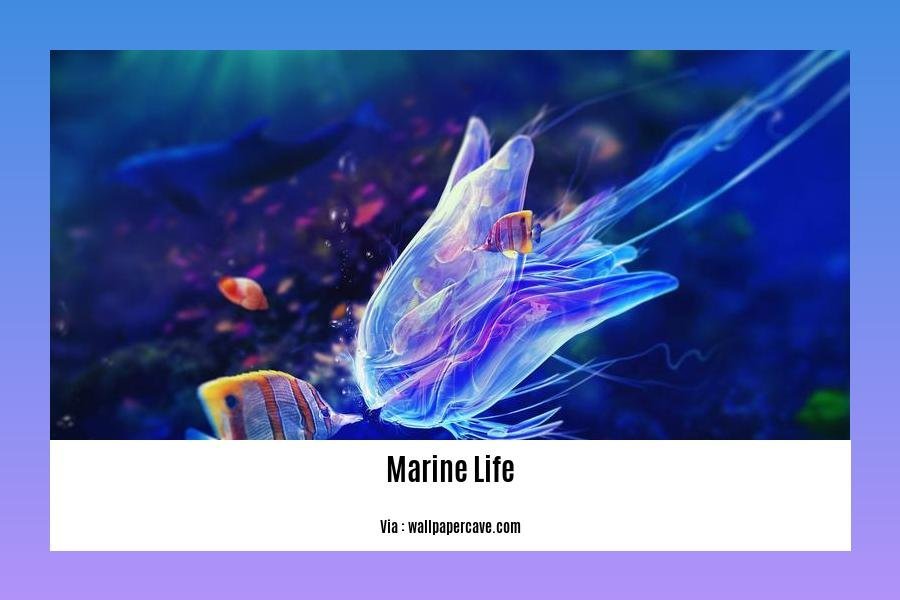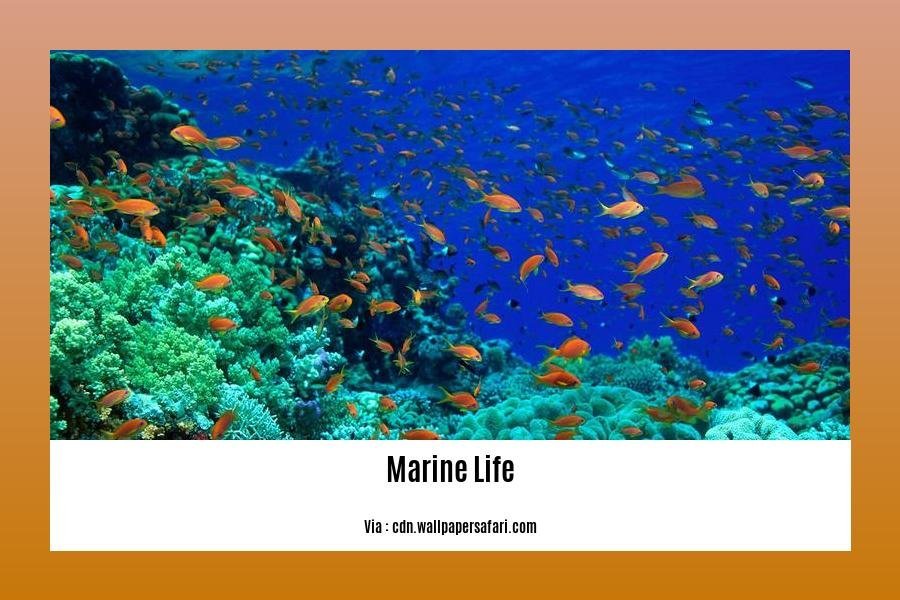You’ve probably heard of whales, sharks, and dolphins—but have you ever wondered about the mysterious selinid? This enigmatic marine phenomenon is like the secret gem of the underwater world, waiting to be discovered. If you’re diving deep into the ocean’s mysteries, you’re in the right place. Today, we’re going to uncover the fascinating secrets of selinid and why it’s such a big deal in marine biology.
Imagine this: you’re snorkeling in the crystal-clear waters of the Great Barrier Reef, and suddenly, you spot something unusual. It’s not just a fish or coral; it’s a living, breathing phenomenon that defies your imagination. That’s selinid for you—a marine marvel that has scientists scratching their heads and enthusiasts buzzing with excitement.
Now, before we dive into the nitty-gritty details, let’s get one thing straight. The world of marine life is vast, and selinid stands out like a rare pearl. But what exactly is selinid? Why does it matter? And most importantly, how does it impact our understanding of the ocean? Let’s find out!
Read also:Intriguing Connections Lindsay Wagner Related To Robert Wagner
Table of Contents
- What is Selinid?
- Biological Classification
- Habitat and Distribution
- Behavior Patterns
- Ecological Impact
- Conservation Efforts
- Scientific Studies
- Cultural Significance
- Threats to Selinid
- Future Research
What is Selinid?
Alright, let’s break it down. Selinid isn’t just another sea creature; it’s a phenomenon. Think of it as a combination of biology, behavior, and environmental interaction all rolled into one. Selinid refers to a specific group of marine organisms that exhibit unique characteristics, making them stand out in the underwater ecosystem.
Now, here’s the kicker—selinid is not a single species. It’s more like a category that includes various organisms with similar traits. These traits can range from bioluminescence to complex social behaviors. If you’ve ever seen those glowing underwater lights in documentaries, chances are you were looking at a selinid-related phenomenon.
Why is Selinid Important?
Selinid plays a crucial role in maintaining the balance of marine ecosystems. It’s like the glue that holds everything together. Without selinid, the ocean would lose some of its most fascinating elements. From food chains to nutrient cycles, selinid contributes to the health and stability of the underwater world.
And let’s not forget about the wow factor. Selinid is what makes marine life so captivating. It’s the reason why people travel thousands of miles to witness the beauty of coral reefs or the majesty of deep-sea creatures. It’s the stuff of legends and the inspiration for countless stories.
Biological Classification
So, how do scientists classify selinid? Well, it’s not as straightforward as you might think. Selinid encompasses a wide range of organisms, each with its own unique characteristics. Let’s take a closer look:
- Phylum Cnidaria: This includes jellyfish and anemones, which are known for their stinging cells.
- Class Actiniaria: These are the sea anemones, which often form symbiotic relationships with other marine creatures.
- Order Scleractinia: Coral reefs belong here, and they’re essential for supporting marine biodiversity.
But wait, there’s more! Selinid isn’t limited to these categories. It also includes organisms from other phyla and classes, making it a truly diverse phenomenon.
Read also:Movierulz 8 The Ultimate Guide To Online Movie Streaming
Key Features of Selinid
Here are some of the standout features that make selinid so intriguing:
- Bioluminescence: The ability to produce light in the dark depths of the ocean.
- Camouflage: Many selinid organisms blend seamlessly with their surroundings to avoid predators.
- Reproduction: Some selinid species reproduce in mass spawning events, creating a spectacle of nature.
Habitat and Distribution
Where can you find selinid? The answer is everywhere—or almost everywhere. Selinid organisms thrive in a variety of marine environments, from shallow coastal waters to the abyssal plains of the deep sea.
In the tropics, selinid is abundant in coral reefs, where it forms intricate ecosystems with other marine life. In the polar regions, selinid adapts to the harsh conditions, surviving in icy waters that would freeze most other creatures.
Factors Influencing Distribution
Several factors determine where selinid can be found:
- Water temperature: Some selinid species prefer warm waters, while others thrive in cold environments.
- Salinity: The salt content of water affects the distribution of selinid organisms.
- Depth: Certain selinid species are adapted to life in the deep sea, where sunlight is scarce.
Behavior Patterns
Now, let’s talk about behavior. Selinid organisms exhibit some of the most fascinating behaviors in the animal kingdom. From hunting strategies to mating rituals, there’s always something new to discover.
For example, some selinid species use bioluminescence to attract prey. They emit flashes of light that lure unsuspecting creatures into their grasp. Others use complex social structures to communicate and cooperate with each other.
Unique Behaviors
Here are a few examples of unique behaviors exhibited by selinid organisms:
- Migration: Some selinid species undertake long journeys across the ocean, following currents and food sources.
- Tool Use: Certain selinid creatures have been observed using tools to manipulate their environment.
- Camouflage: As mentioned earlier, many selinid organisms use camouflage to hide from predators or ambush prey.
Ecological Impact
Selinid plays a vital role in maintaining the health of marine ecosystems. Its impact can be seen in various ways:
First, selinid organisms contribute to nutrient cycling. They break down organic matter and recycle it back into the ecosystem, ensuring that essential nutrients are available to other marine life.
Second, selinid supports biodiversity. By creating complex habitats, such as coral reefs, it provides a home for countless species of fish, invertebrates, and other organisms.
Challenges Faced by Selinid
Despite its importance, selinid faces numerous challenges in today’s world. Climate change, pollution, and overfishing are just a few of the threats that put selinid ecosystems at risk.
For instance, rising ocean temperatures can lead to coral bleaching, which affects the survival of selinid organisms that depend on coral reefs. Similarly, plastic pollution can harm selinid by entangling or poisoning them.
Conservation Efforts
Thankfully, there are people and organizations working hard to protect selinid and its habitats. Conservation efforts range from creating marine protected areas to promoting sustainable fishing practices.
One of the most effective strategies is education. By raising awareness about the importance of selinid, we can inspire people to take action and make a difference.
What You Can Do
Here are some simple steps you can take to help conserve selinid:
- Reduce your carbon footprint to combat climate change.
- Dispose of waste properly to prevent pollution.
- Support organizations working to protect marine life.
Scientific Studies
Scientists around the world are studying selinid to better understand its role in the marine ecosystem. These studies involve everything from field observations to laboratory experiments.
Recent research has shed light on the genetic diversity of selinid organisms, revealing new insights into their evolution and adaptation. Other studies focus on the impact of human activities on selinid populations, providing valuable data for conservation efforts.
Breakthrough Discoveries
Some of the most exciting discoveries in selinid research include:
- The identification of new species with unique characteristics.
- The development of techniques to restore damaged coral reefs.
- The discovery of compounds with potential medical applications.
Cultural Significance
Selinid isn’t just a scientific phenomenon; it also holds cultural significance for many communities around the world. In some cultures, selinid organisms are considered sacred or symbolic, representing life, fertility, and renewal.
Artists and storytellers have long been inspired by the beauty and mystery of selinid. From paintings to poetry, the influence of selinid can be seen in various forms of cultural expression.
Traditional Practices
Some traditional practices related to selinid include:
- Ceremonies honoring the sea and its creatures.
- Storytelling that passes down knowledge about selinid.
- Artistic representations of selinid in crafts and decorations.
Threats to Selinid
As we’ve mentioned, selinid faces numerous threats in today’s world. Climate change, pollution, and overfishing are just a few of the challenges that put selinid ecosystems at risk.
But there’s hope. By taking action to address these threats, we can help ensure the survival of selinid for future generations. It’s a collective effort that requires the cooperation of governments, organizations, and individuals alike.
Global Initiatives
Several global initiatives are underway to protect selinid:
- International agreements to reduce greenhouse gas emissions.
- Programs to clean up plastic pollution in the ocean.
- Efforts to regulate fishing practices and protect vulnerable species.
Future Research
There’s still so much to learn about selinid. Future research will focus on answering some of the big questions: How will selinid adapt to changing environmental conditions? What undiscovered species are out there waiting to be found? And how can we better protect selinid ecosystems?
Technological advancements, such as underwater drones and genetic analysis tools, will play a crucial role in expanding our understanding of selinid. These tools will allow scientists to explore previously inaccessible areas and gather data more efficiently.
Collaboration and Innovation
Collaboration between scientists, policymakers, and local communities will be key to advancing selinid research. By working together, we can develop innovative solutions to the challenges facing selinid and ensure its survival for generations to come.
Conclusion
And there you have it—the fascinating world of selinid. From its biological classification to its ecological impact, selinid is a phenomenon that continues to captivate scientists and enthusiasts alike. By understanding and protecting selinid, we can help preserve the beauty and diversity of the ocean.
So, what can you do? Start by spreading the word about selinid and its importance. Share this article with your friends and family, and encourage them to take action. Together, we can make a difference!
And don’t forget to check out our other articles for more insights into the world of marine life. The ocean is full of secrets waiting to be uncovered, and we’re here to help you discover them all!


